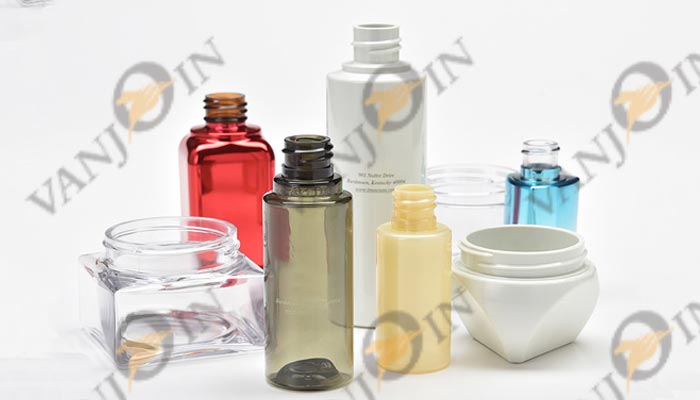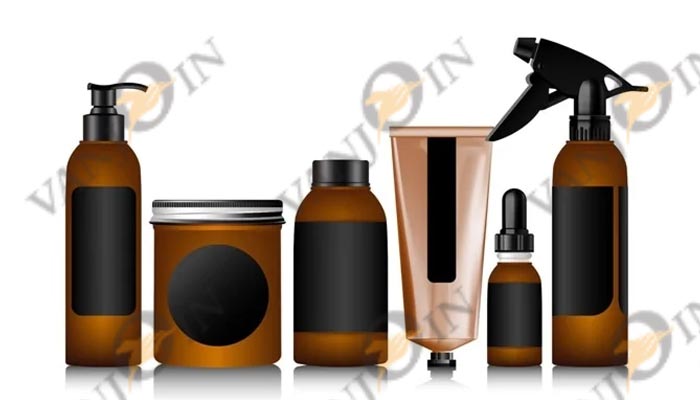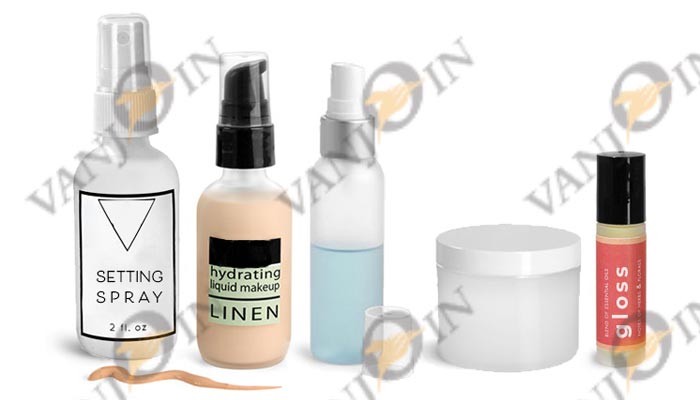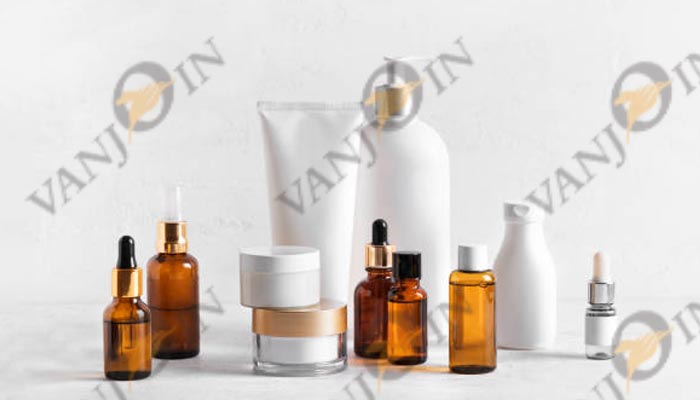Exploring Cosmetic Bottle Sizes: A Complete Analysis and Decision Guide
Understanding Cosmetic Bottle Sizes
You may feel overwhelmed by the various bottle sizes when selecting beauty products. But how do we choose the right cosmetic bottle sizes? Is it better to buy beauty products with more volume?
While it may seem like a simple question, it involves careful consideration of various factors. For brands, they may need to consider brand image, consumer experience, and cost management. As consumers, they may consider whether it is portable, whether it meets the needs of long-term use, etc when selecting the right bottle size for their beauty or personal care products.
In this article, we delve into the classification and selection techniques of cosmetic bottle sizes, and their impact on both brands and consumers.

Measurement Units Converting: Ounces to Milliliters
Typically, skincare and personal care bottles are labeled in milliliters (ml). However, in some countries, especially the United States, ounces (oz) are also commonly used as a unit of volume.
Generally, 1 oz is approximately equal to 30 ml, which serves as a close approximation for simple conversions between ounces and milliliters. For example, 8 oz is roughly equivalent to 237 ml, and likewise, 32 oz is approximately 950 ml.
For those seeking even more convenience in conversions, platforms like Omni Calculator offer direct conversion services. This platform supports conversions between three different units, allowing users to input ounces and instantly see the corresponding values in milliliters and liters.
Cosmetic Bottle Size Chart: The Complete Units of Measurement
cosmetic bottles come in a wide range of sizes, ranging from 5 ml to 1000 ml. However, selecting the most suitable capacity for your beauty product from these various options is not always straightforward. Therefore, in the following discussion, we will analyze common cosmetic bottle sizes and explore their applications in the market.
Through this analysis, you will gain a clearer understanding of the purposes and common beauty products of different-sized bottles, enabling you to design or choose the right bottle size for your products.
| Fluid Ounces(fl oz) | Milliliters(ml) | Products | Purpose |
| 0.17oz-0.34oz | 5ml-10ml | Liquid Foundation, Toner, Serum or Essential oil, etc. | Small Sample Size |
| 0.3oz-1oz | 10ml-30ml | Liquid Foundation, Makeup Primer, etc. | Standard Size For Cosmetic Products |
| 0.5oz-1oz | 15ml-30ml | Lotion, Cleanser, Facial Cream, Toner, etc. | Standard Sample Size For Skincare Products |
| 1oz-1.7oz | 30ml-50ml | Serum, Essence, Face Oil, etc. | Standard Size For Luxury Skincare Products |
| 1.7oz-3.4oz | 50ml-100ml | Body Wash, Shampoo, Conditioner, Liquid Soap, Body Lotion, Laundry Detergent, etc. | Standard Sample Size For Personal Care Products |
| 1.7oz-6.8oz | 50ml-200ml | Lotion, Sunscreen, Setting Spray, etc. | Standard Size For Skincare Products |
| 8.5oz-16.9oz | 250ml-500ml | Hand Wash Gel, Shampoo, Body Gel, Body Oil, etc. | Standard Size For Personal Care Products |
| 16.9oz-33.8oz | 500ml-1000ml | Family-sized shampoo and body wash. | Large Standard Size For Personal Care Products |
It’s worth noting that standard sizes for skincare bottles typically range from 50ml to 200ml, including 50ml, 60ml, 80ml, 100ml, 120ml, 150ml, and 200ml. Opting for these common sizes increases the likelihood of finding a preferred bottle style.
However, if you require a less common size, such as a 70ml lotion bottle or a 180ml toner bottle, you may encounter fewer options regarding bottle styles or pump designs. This could lead to the need for customized packaging, resulting in increased packaging costs.

Factors to Consider When Selecting a Cosmetic Bottle Size
When it comes to selecting skincare and personal care bottle sizes, the factors to consider vary slightly between brands and consumers.
Consumers tend to prioritize factors like price, value for money, and portability, whereas brands need to consider a broader range of details. For instance:
Brand Positioning
Undoubtedly, high-end brands often opt for smaller, more refined packaging sizes, as this design accentuates product uniqueness and quality.
Conversely, mass-market brands may lean towards practicality and cost-effectiveness, opting for larger packaging to cater to a broader consumer base.
Product Features
Different skincare products require different packaging sizes. For example, high-concentration serums may only require small bottles, as consumers typically use them sparingly, whereas commonly used facial cleansers may require larger bottles to meet the demand for long-term and frequent usage.
Target Audience
Consumer demographics and preferences significantly influence packaging size selection. Products targeting travelers and professionals may favor smaller, more portable packaging, while those aimed at family use may opt for larger capacities to meet household needs.
Storage Space
Consumer storage space, whether at home or on-the-go, impacts packaging size selection. Some consumers may have ample storage space to accommodate various bottle sizes, while others may need to consider space constraints, especially for products stored in bathroom cabinets.
For instance, those who prefer storing skincare products behind their bathroom mirrors wouldn’t want oversized bottles.
Budget and Cost
Production costs and packaging material expenses are critical factors in packaging size selection. Larger packaging sizes often incur higher production and transportation costs, necessitating a balance within budget constraints.
In essence, understanding these diverse factors is crucial for selecting the most appropriate skincare bottle sizes to meet both consumer preferences and brand objectives.

The Relationship Between Bottle Size And Weight
When choosing the size of skincare product bottles, it’s important to consider not only the factors mentioned above but also the issue of bottle weight, especially when aiming for a high-quality appearance in cosmetic packaging.
If you want your cosmetic bottles to feel sturdy and resistant to breakage, it’s crucial to strike the right balance between the weight of the bottle and its capacity. Here are some commonly suitable weight choices for various capacity specifications.
| Fluid Ounces(fl oz) | Milliliters(ml) | Weight(g) |
| 0.34oz-0.68oz | 10ml-20ml | 5g-6g |
| 1.01oz-1.69oz | 30ml-50ml | 7g-11g |
| 1.69oz-2.03oz | 50ml-60ml | 11g |
| 3.38oz-5.07oz | 100ml-150ml | 13g-15g |
| 6.76oz-8.45oz | 200ml-250ml | 19g-22g |
| 10.14oz-11.83oz | 300ml-350ml | 25g-30g |
| 16.91oz | 500ml | 33g-35g |
| 25.36oz | 750ml | 47g-50g |
| 33.81oz | 1000ml | 60g-67g |
These are just reference ranges. PET bottles manufactured within this capacity and weight range won’t be excessively thin or flimsy.
Of course, you can also negotiate with suppliers for heavier bottles to create products with a more substantial and luxurious feel. They will have a better understanding of balancing the relationship between capacity and weight.
Both the capacity and weight of cosmetic bottles will affect the price. Therefore, when comparing packaging bids, it’s essential to consider the corresponding capacity and weight ranges comprehensively.
This prevents purchasing overly fragile or soft bottles due to low prices, which could then affect the transportation and storage of the products.

Conclusion
These are just a few techniques for selecting skincare bottle sizes. However, it’s advisable to communicate product characteristics and functional requirements with manufacturing suppliers when customizing packaging.
This allows them to adjust the balance between capacity and weight or even the type of materials used, ensuring the optimal skincare packaging solution.
Related Information
